Tunisian dams are filled at just 22 percent capacity and some 20 dams have already gone out of service.
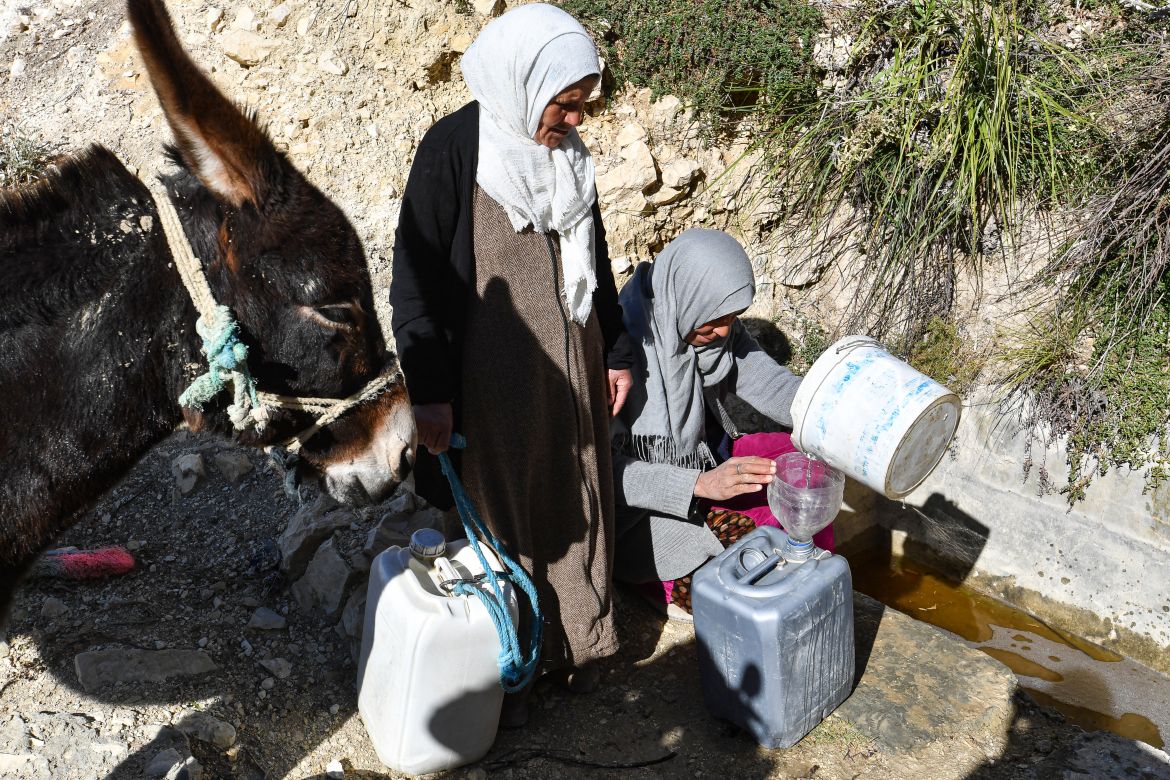
Published On 13 Dec 202313 Dec 2023
Tunisian villager Ounissa Mazhoud ties two empty jerry cans to a donkey and cautiously descends a stony hill towards the last local source of water.
The North African country, in its fourth year of drought, is grappling with its worst water scarcity in years.
Mazhoud – like other women in the remote village of Ouled Omar, 180km (110 miles) southwest of the capital, Tunis – wakes up every morning with one thing on her mind: finding water.
“We are the living dead … forgotten by everyone,” said Mazhoud, 57, whose region was once one of Tunisia’s most fertile, known for its wheat fields and Aleppo pines.
“We have no roads, no water, no aid, no decent housing, and we own nothing,” she said, adding that the closest source of water is a river about an hour’s arduous walk away.
Providing water for their families, she said, means that “our backs, heads and knees hurt, because we labour from dawn to dusk”.
Some villagers have felt pushed to move to urban areas or abroad.
Ounissa’s cousin, Djamila Mazhoud, 60, said her son and two daughters had all left in search of better lives.
“We educated our children so that when we grow old, they take care of us, but they couldn’t,” she said.
“People are either unemployed or eaten by the fish in the sea,” she added, using a common phrase for migrants who attempt the dangerous sea voyages for Europe.
Entire families have already left the village, said Djamila.
“Their houses remain empty,” she said, explaining that elderly people feel they have no choice but to follow their sons and daughters.
“Can an 80-year-old go to the river to get water?”
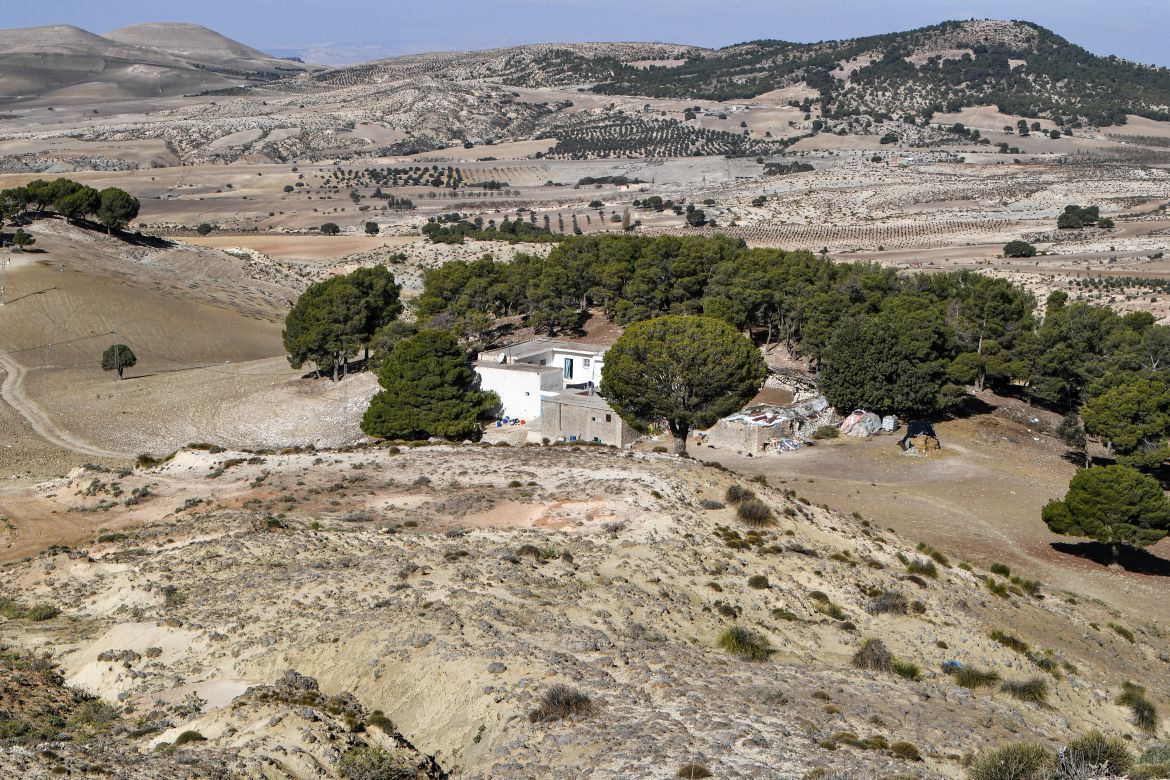
The World Bank predicts that by 2030, the Middle East and North Africa region will fall below the ‘absolute water scarcity’ threshold of 500 cubic metres yearly per person. [Fethi Belaid/AFP]
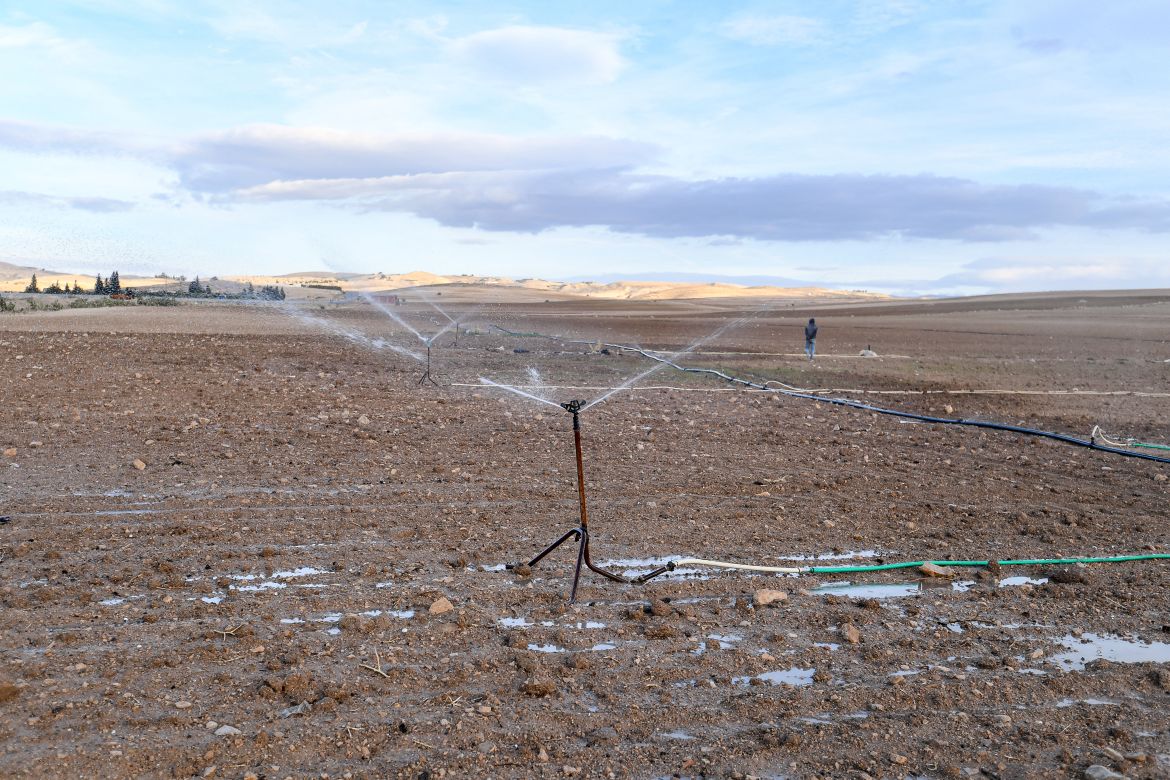
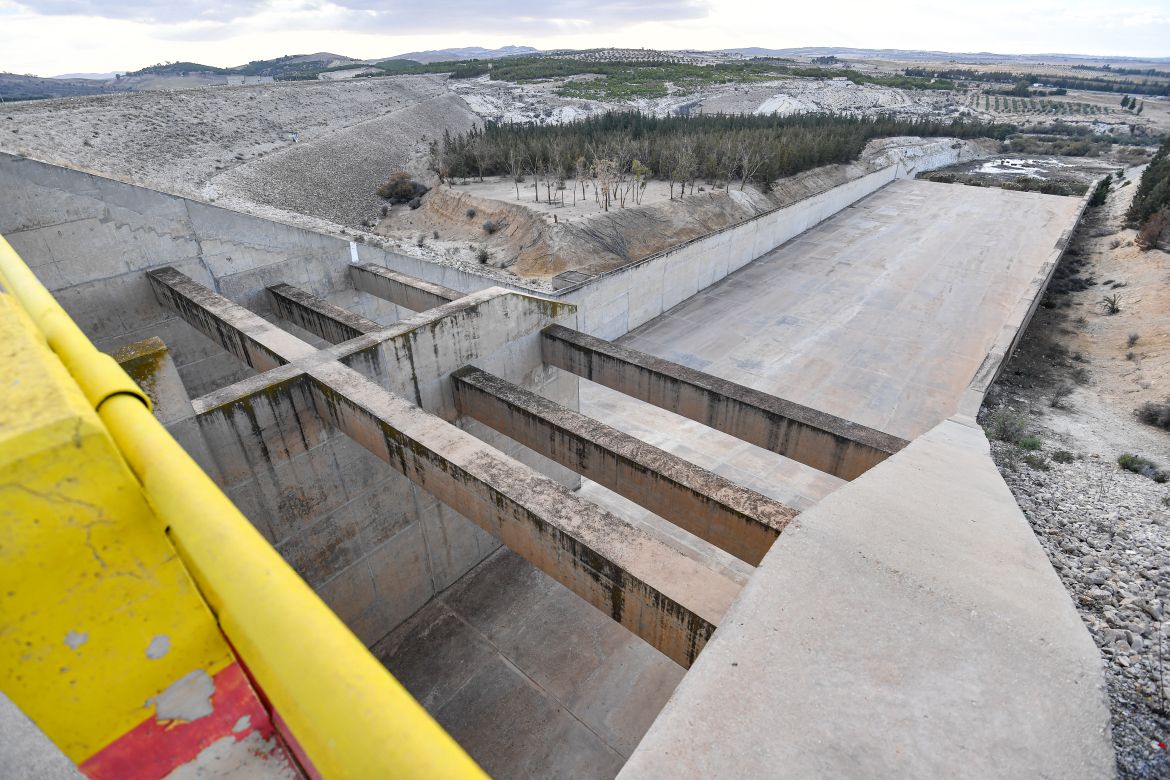
Tunisian dams – the primary source for drinking water and irrigating crops – are filled at just 22 percent capacity, despite brief showers recently, according to official figures. Some 20 dams have already gone out of service, mostly in the most arid south. [Fethi Belaid/AFP]
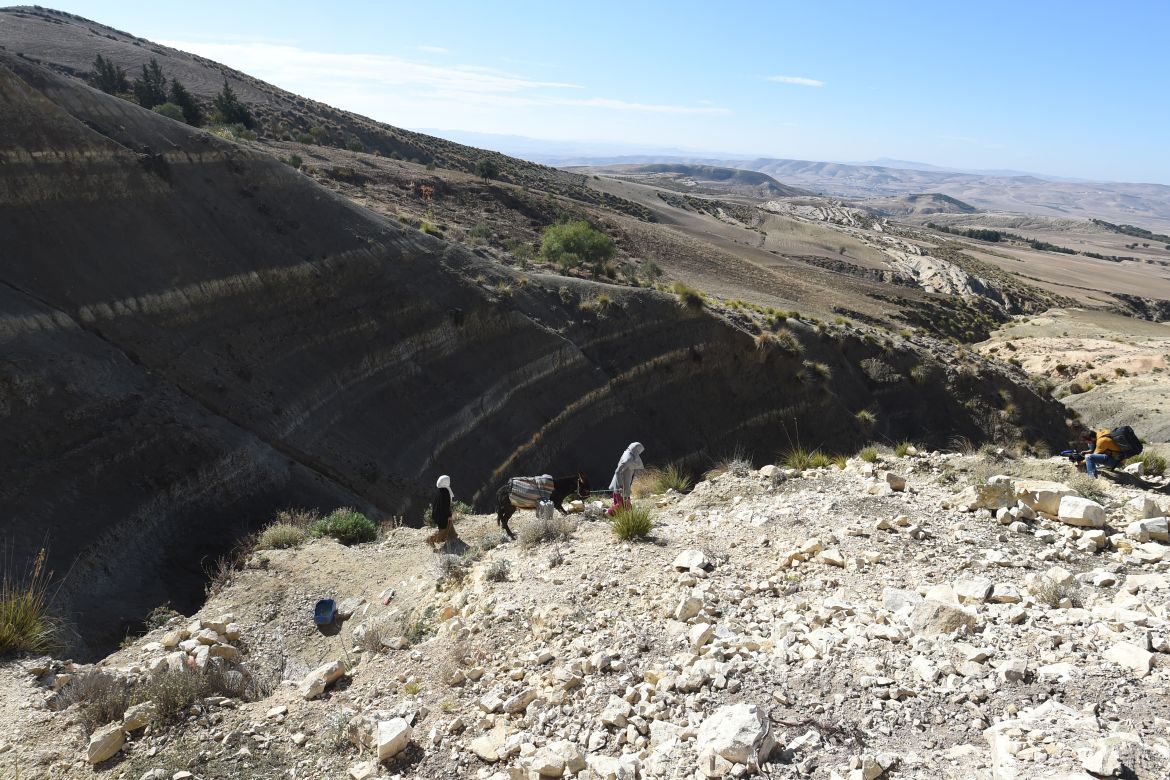

Ounissa Mazhoud’s 65-year-old husband, Mahmoud Mazhoud, said their village has become unable to support livestock, forcing him to sell half of his herd of cows so he could afford to keep the rest alive. [Fethi Belaid/AFP]

The remote village of Ouled Omar is home to 22 families who share the only remaining spring. They say it yields about 10 litres (2.6 gallons) of water per day in total, but that it is undrinkable. [Fethi Belaid/AFP]





About 300,000 of Tunisia’s 12 million people have no drinking water in their homes, according to the Tunisian Forum for Economic and Social Rights. [Fethi Belaid/AFP]
